How Crypto Credit Card Payment Is Driving a New Web3 Financial Era
If you’re a day trader USDT spending your way through daily markets, you might want to pay attention—because crypto credit card payment is changing everything. Web3 credit cards are no longer some far-off tech fantasy; they’re becoming a real, everyday tool. Whether you’re grabbing a coffee or booking flights, the ability to spend crypto like cash is rolling out faster than many expected… and honestly, it’s about time.
At first, it sounded too good to be true. Swipe your card and instantly convert Bitcoin, Ethereum, or even your USDT stash into fiat at checkout? But here we are—Visa, Mastercard, Binance, Crypto.com, all jumping in. It’s not just crypto nerds anymore; it’s starting to look mainstream.
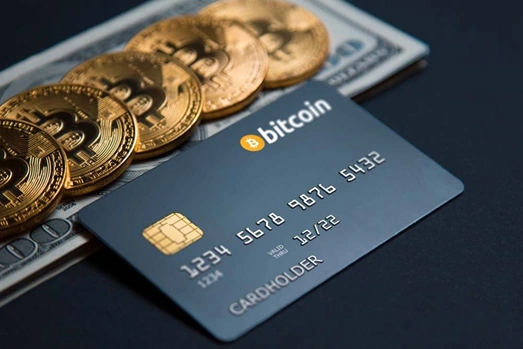
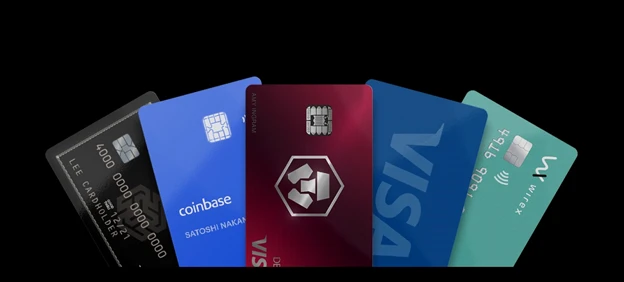
How Crypto Credit Card Payment Simplifies Everyday Spending
One major shift is how crypto credit card payment simplifies the consumer experience. Instead of converting crypto manually—or worse, cashing out and waiting days for transfers—you’re now making transactions in seconds. Behind the scenes, your digital coins are converted at the point of sale, letting merchants get their dollars (or euros, yen, whatever) without even knowing you paid with crypto.
Some say this is the missing piece for crypto adoption. And maybe they’re right. By making crypto spending as easy as swiping a traditional credit card, Web3 finance suddenly feels…well, a lot less theoretical.
That said, not all cards are made equal. Some require preloading wallets; others offer true revolving credit. You’ll want to watch the fees, the rewards programs, and whether you’re getting real-time exchange rates—or losing a chunk of value on the backend.
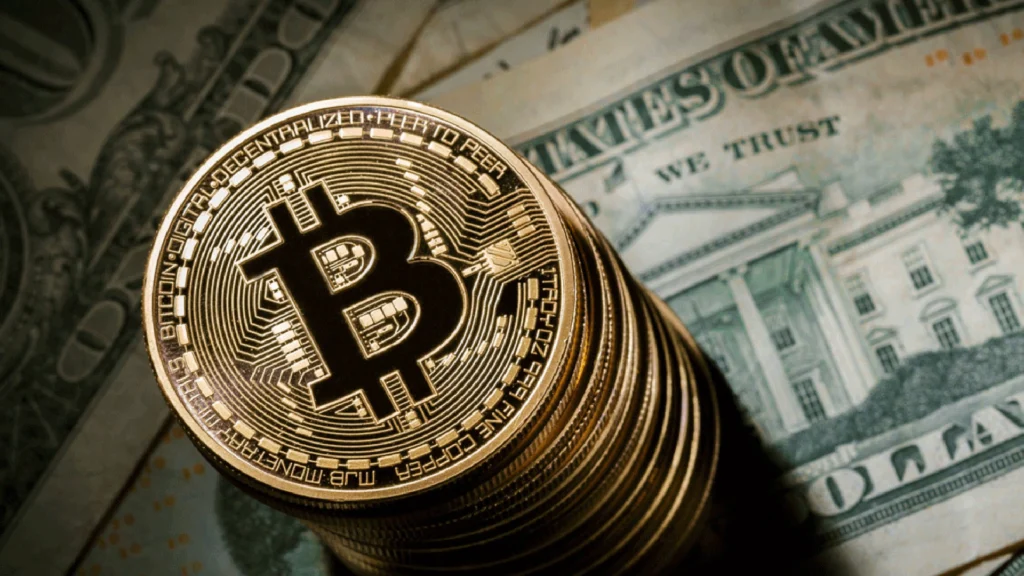
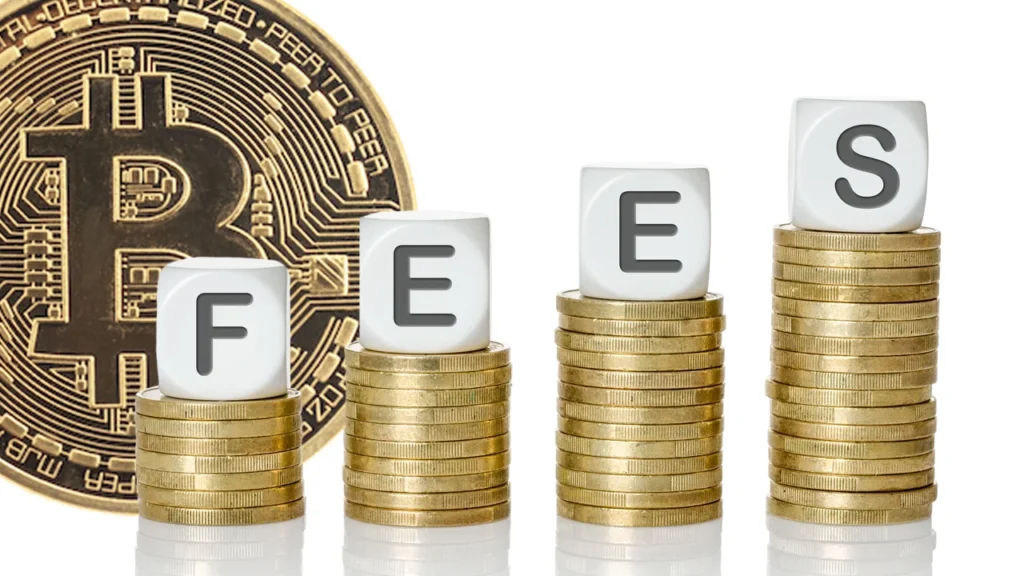
How Web3 Credit Cards Are Redefining Modern Finance
Crypto credit card payment is more than just a convenience—it’s a whole new credit framework. Think about it: traditional cards depend on credit scores, income verification, endless paperwork. Web3 credit cards? They could soon assess your eligibility based on on-chain behavior—your wallet activity, your DeFi interactions, maybe even your NFT holdings.
Sounds crazy, but isn’t that kind of refreshing? In a decentralized world, financial identity might rely more on what you do rather than who you know. No more gatekeeping by legacy institutions. Some early Web3 projects are already testing on-chain credit scoring models, and while the tech isn’t perfect yet, it’s moving.
There’s also the potential to slash cross-border fees dramatically. With crypto-native payment systems, you’re skipping banks entirely. That’s not just theory; freelancers, remote workers, and digital nomads are already living this reality.
Of course, it’s not all roses—there are still huge risks. Crypto’s volatility can turn a simple coffee purchase into a $10 mistake if you’re unlucky. Plus, regulatory clarity is still fuzzy at best, depending on where you live. But honestly? For many, the upsides outweigh the maybes. The idea of fully owning and directly spending your assets without middlemen is simply too compelling to ignore.
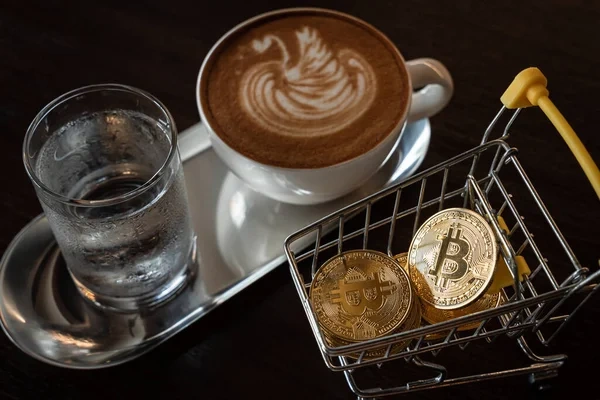
In the end, crypto credit card payment is shaping up to be one of the quiet revolutions inside Web3 finance. Whether you’re bullish, skeptical, or somewhere in between, it’s happening faster than most of us predicted. And if you’re a day trader USDT spending your days navigating volatile markets… maybe it’s time to swipe into the future.
Relevant news: here





